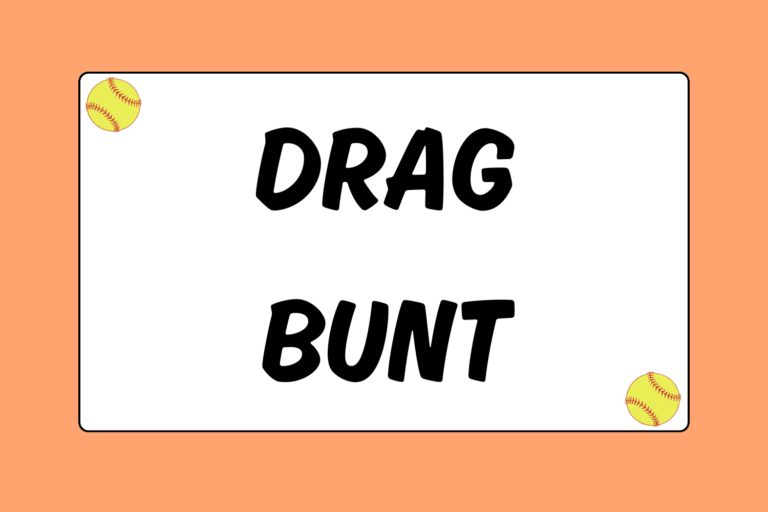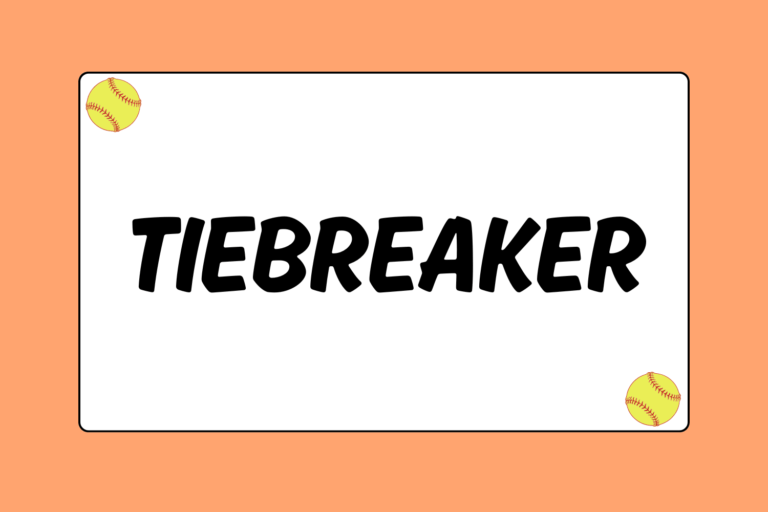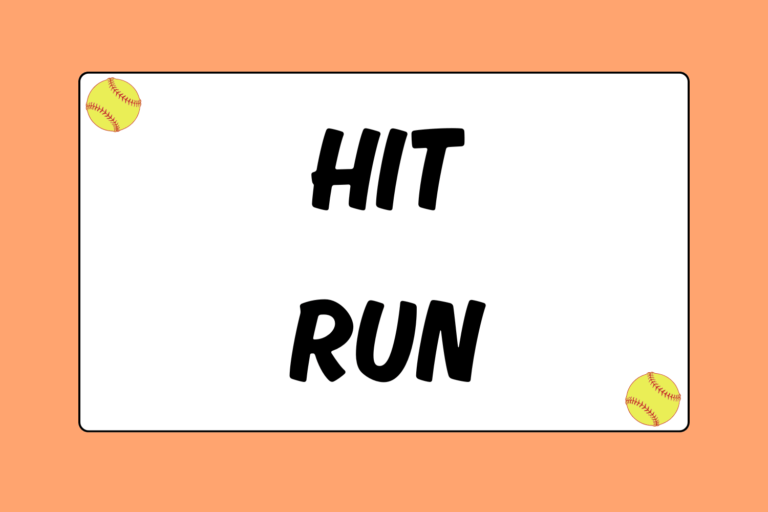Practice like you play. Every player needs this mentality during practice. The only way to get better at any position is to practice, but you can’t just go through the motions. You need to actively try to improve your game, and the best way to do that is with lots of drills!
Drills are meant to hone your mechanics and refine your fielding flaws. This guide outlines several drills that will improve your fielding skills, and keep your softball practices exciting and challenging.
Rapid Fire
This drill can be done in the infield on any field. Set up two cones roughly 10-12 feet apart. Players will stand at each cone to act as catchers. An infielder will start in the middle of the two cones, ready to field 25 grounders from the coach.
The infielder will field each ball and toss it to either player standing at a cone. The grounders should be hit rapidly. Once the fielder has released the ball, the next grounder should be on its way.
Blind Wall
This drill involves a wall and at least three players. Set up two cones roughly 20 feet apart. Two players will stand at each cone with an empty bucket, and a fielder starts in the middle facing the wall. A coach or player stands behind the fielder with a full bucket of tennis balls.
The coach will proceed to throw the tennis balls at the wall so they bounce back as grounders for the fielder. After fielding each grounder, the fielder completes the play by making a quick toss to the left and then to the right, alternating with each grounder.
The focus is on footwork, proper fielding mechanics, and accurate throwing. This drill should run approximately 45 seconds per fielder, and the grounders should be rapidly thrown. The fielder should feel tired at the end of her turn. Paddles or soft-hand gloves may be used in place of real gloves for a more challenging work-out.
Two-out Rally
This drill involves the entire infield. It’s a two-out situation so every player should be playing up:
- The second baseman and shortstop should be in front of the baseline.
- The third and first basemen should be creeping in towards the batter’s box.
- The catcher will set up above the plate with her glove situated low as if she were getting ready to tag a runner out at the plate.
- The coach will hit grounders to each infielder, who will cleanly field the ball and make an accurate throw to the catcher.
The purpose of this drill is to not move the catcher. Every infielder should charge the grounder, field it, and make a throw to the plate that does not move the catcher’s glove. The throws must be accurate to ensure that you get an out at home plate.
Triangles
This drill is done with partners. One player gets in her fielding stance and draws a triangle in the dirt so that its base lies along her toes and the tip is pointed at her partner, underneath her extended glove.
The fielder’s partner should throw hard grounders and short hops. They should not be easy.
The fielder will field each ball, gather it into her stomach and make an accurate toss back. After 20 balls, the partners may switch. The second round should be grounders to the back-hand side.
Around the Diamond
This drill involves the entire infield. The team will be split up into the five infield positions (excluding pitcher). The coach, standing at the plate, will start the drill by hitting the ball to the shortstop:
- The shortstop fields the ball and makes the throw to first base.
- The first baseman catches the ball, and throws a hard grounder to the third baseman.
- The third baseman fields the grounder and makes a throw to the second baseman covering second base.
- The second baseman catches the throw, makes a sweeping tag at the bag, and then makes a throw to the catcher at the plate.
- The catcher receives the ball while making a sweeping tag at home to finish the round.
Two Line Drill
This drill involves two hitters at the plate and a group of fielders at each of the five infield positions (excluding pitcher). The drill will proceed until the balls at the plate are gone.
- The first hitter will hit a grounder to the third basemen, who will field the ball and make a throw to first base. The second hitter will simultaneously hit grounders to the second baseman, who will field the ball and make a throw to the shortstop covering second base.
- The next round will involve hitting grounders to the shortstop (who will throw to first base) and to the third baseman (who will throw to the second baseman covering second base).
- In the third round, grounders will be hit to the second baseman (who will throw to first) and to the shortstop (who will throw to third).
- In the last round, the first baseman will field and throw to third base, and the shortstop will field and throw to second base.
In every round, two buckets should be placed behind the bases to collect stray balls so they don’t interrupt the drill.
Middle Field Tango
This drill involves only two positions, the shortstop and second baseman. The goal of the drill is to not let the ball get past the infield. The team will split into two groups — one at each position.
The coach will stand at the plate and hit grounders to the players. The grounders may be up the middle, in the holes, or directly at the infielders.It is the fielders’ responsibility to prevent any ball from getting past the dirt. They must sprint, dive, and slide to stop every ball.
The two partners will get 10 balls before switching, and every passed ball is a lap around the bases. There should never be an instance when both fielders are standing and the ball gets past them.
Bunt Coverage
This drill places the infielders in their primary positions and the outfielders on the base paths as runners. The coach will bunt a ball while a runner, starting at home, sprints to first base. A runner will also start on first base and try to advance to second base on each bunt.
The purpose of the drill is to get an out, executing your bunt rotations. Focus on consistently getting the out at first base if you’re unable to force out the lead runner.
The runner starting at first base needs to be aware of the situation at all times, sometimes trying to advance to third base to keep the infielders on their toes.
The coach should also hit occasional grounders to the second baseman or shortstop to make sure they aren’t being lazy and moving to cover the bases before the ball is hit.
Star Drill
This drill splits the team up at each of the infield positions (excluding the pitcher). The drill will start at home plate:
- The player at the plate will throw to the shortstop, who will catch the ball and throw to first base.
- The first baseman will catch the ball and make a throw across the diamond to third base.
- The third baseman will receive the ball and throw to second base, who will finish the round by throwing home.
After you catch the ball and make a throw to the appropriate base, hustle to the back of the line. After three error-free rounds, the catcher will add in another ball so that two are being thrown around the diamond simultaneously. After three more error-free rounds, the catcher should add in another ball.
Proceed in this fashion until there are up to five live balls in the infield being thrown around the diamond. You may also spice it up by reversing the drill at any time. The key to a successful Star drill is to work on moving your feet and making accurate throws.
Practice Makes Perfect
There is a reason some athletes get bored with practice — it’s easy for drills to become monotonous. Find a field near you and put these drills to use! Including a little flair with some of the above drills will add much needed breaks.
High intensity workouts in short amounts of time are often preferable to repetitive grounders if you take them seriously. Remember, if you are going to do something on the field, do it with purpose!





